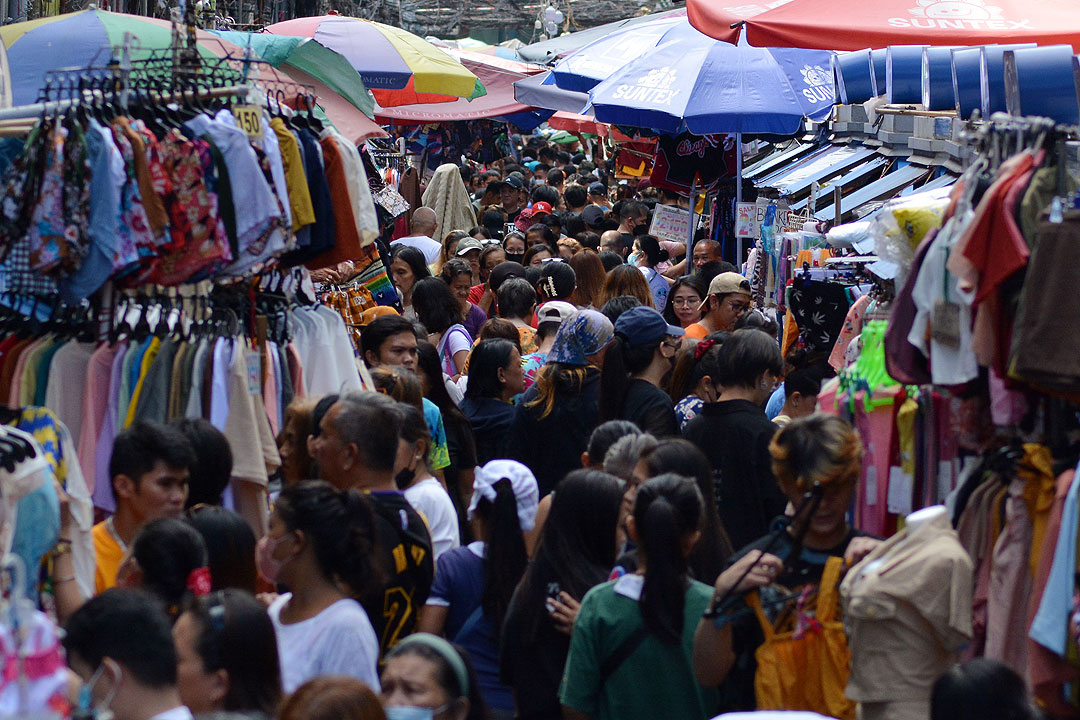




Policy Rate Updates: Double cut finale
 DOWNLOAD
DOWNLOAD

Monthly Economic Update: One for the road
 DOWNLOAD
DOWNLOAD

Inflation Update: Still low, still slow
 DOWNLOAD
DOWNLOAD


Gov’t looking to sustain growth trajectory

The Philippine economy can reach first world levels of income and development by 2040 if it grows faster than 6.5% annually, National Economic and Development Authority (NEDA) Secretary Arsenio M. Balisacan said.
“(We are) building human capital, building infrastructure, reforming our institutions so that we can grow 6.5-8% a year. If we do that, estimates suggest that by 2040, we could achieve the level of income and development that South Korea had achieved when it entered the first world,” Mr. Balisacan said during the Philippine Economic Briefing in Singapore on Thursday.
“With that kind of growth, you get a lot of opportunities for the private sector: physical infrastructure, agriculture, tourism, connectivity,” he added.
The government is targeting 6-7% gross domestic product (GDP) growth this year and 6.5-8% from 2024 to 2028.
In the first quarter, GDP grew by 6.4%, slower than the revised 7.1% in the previous quarter and 8% in the first quarter a year ago.
The government also wants the country to become a predominantly middle-class society by 2040. It aims to achieve upper middle-income status by 2025.
Finance Secretary Benjamin E. Diokno said “closing the infrastructure gap is central to the Philippines’ growth strategy.”
The Finance chief said that the private sector will be vital for funding key infrastructure projects.
Meanwhile, DBS Group Chief Executive Officer Piyush Gupta said transport and technology are among the country’s growth areas.
“In transport, there’s a need for the complete shift in the resource requirement, like copper, nickel, lithium. The Philippines is a massive provider of these resources. Being able to leverage on the shift to the sustainability agenda, plays to Philippine strength,” Mr. Gupta said.
“The Philippines is also naturally advantaged (in) technology. The next decade will see important shifts, whether it’s the advent of artificial intelligence or augmented reality, the Philippines stands to benefit because of its large pool of technology talent. There’s capacity to leverage a shift in tech,” he added.
Meanwhile, the economic managers also introduced the Maharlika Investment Fund to investors during the briefing, with Mr. Diokno saying it is “designed to advance the Philippines’ long-term development goals through the effective intergenerational management of our government financial assets.”
“This will be an important addition to our existing funding mechanisms, with the aim of promoting socioeconomic development through investments in strategic, high-return, high-impact sectors, including infrastructure,” he added. — Luisa Maria Jacinta C. Jocson
This article originally appeared on bworldonline.com





 By BusinessWorld
By BusinessWorld